Agility has become the key survival trait for Human Resources teams. Sudden shifts in remote work, quick swings in applicant supply, and intense competition for skills can upend plans overnight. Leaders now need HR systems that react at the same speed as market change. Modern platforms do that through modular design, real-time data, and automated decision triggers.
Tech specialists from British firms have earned a reputation for building such platforms with a people-first approach. Their mix of design thinking, engineering excellence, and strict data ethics helps employers remove friction from every hiring and talent-care cycle.
This discussion shows how agile methods and UK innovation combine to give HR a sharper edge. It maps the steps that move a paper-heavy function into a flexible digital engine. It also highlights the unique advantages that local software companies bring, from compliance insight to quick iterative delivery. Agile practices once sat in developer circles; today they guide workforce strategy as well. Rapid learning loops now belong in HR.
Working with a software company UK gives firms an unmatched blend of strategic insight and hands-on skill. British engineering teams sit at the crossroads of global employment regulation and cutting-edge design. They bring deep exposure to GDPR, IR35, and fast-moving equality directives, so their products respect privacy and fairness from day one. Local hiring rules may change each quarter; the right partner adapts code in days, not months.
Another strength is user-experience craft. The best studios borrow techniques from consumer apps and gaming, then apply them to hiring, onboarding, and performance tools. Menus shrink, forms guide rather than confuse, and dashboards speak in plain numbers rather than dense tables. Employees use systems without training, which cuts support costs and increases adoption.
Speed matters too. An experienced software agency UK practices iterative sprints that release tested increments every two to four weeks. Stakeholders provide feedback after each drop, and developers act on it before starting the next cycle. This loop keeps the product aligned with actual HR pain points such as candidate bottlenecks or compliance audits. It also limits risk because features ship in small, verifiable chunks.
Successful collaborations prove the value. A global retailer based in Birmingham rewrote its candidate-tracking suite with London engineers. The new microservice stack cut vacancy-posting time by 65 percent and delivered analytics to managers in real time. A fintech scale-up in Manchester replaced its policy tracker with a secure cloud module built by Sheffield coders; audit preparation now takes hours rather than weeks.
Code bases delivered by such teams follow modular principles. Each service — payroll sync, performance review, or learning path — lives in its own container. HR leaders can switch modules on or off without disturbing the core employee record. That granularity mirrors the incremental mindset of agile frameworks and prevents bloated monolith projects. It also future-proofs investment because new services can attach through secure APIs instead of forcing full rewrites.
Transparency is another hallmark. UK boutiques publish sprint backlogs, automated-test coverage, and security-scan scores to client dashboards. Decision-makers see progress rather than waiting for big-bang demos. This clarity builds trust and keeps budgets under control.
A forward-thinking software company treats HR as a living network of relationships, not a static record set. Its platforms give every worker personal access to data and tools. A self-service portal lets new hires upload documents, schedule induction calls, and pick benefits without email chains. Line managers view dashboards that flag engagement dips, late objectives, or flight-risk signals powered by machine learning. HR analysts add or change metrics through point-and-click builders, avoiding developer queues.
Performance tracking improves once data flows without bottlenecks. Quarterly reviews become continuous check-ins because feedback widgets live inside everyday collaboration apps. Algorithms highlight skill gaps and suggest learning paths, guiding employees toward clear next steps. Recruitment gains pace too. AI-driven screening ranks applicants against objective criteria, helping talent teams hire faster while reducing bias.
Agile engineering keeps each feature fresh. Developers release small patches weekly, guided by ticket priority rather than annual calendars. When regulations shift, compliance updates ship before penalties threaten. When survey data shows staff want new types of hybrid-work support, designers add them in the next sprint.
Scalability removes future friction. Cloud layers expand user counts on demand, and microservices decouple payroll, time tracking, and policy engines. The firm can merge with a regional subsidiary or open an overseas branch without rebuilding HR architecture.
Security sits at the centre of the design. End-to-end encryption, role-based access, and audit trails protect personal data while still supporting insight. Admins create policy templates once, then rely on automated workflows to enforce them. Real-time analytics comb through attendance, overtime, and wellbeing indicators, giving leaders early warning when burnout risks rise.
Continuous improvement thrives when feedback is native to the product. Each screen contains a one-click survey that routes suggestions to the backlog. Feature flags allow A/B testing inside the workforce, revealing which layouts shorten task completion times or reduce support tickets. The result is an employee-centric system that keeps evolving alongside the organisation.
How Software Providers Drive Flexibility and Innovation in HR Tech
Modern software providers extend agile HR far beyond core record keeping. Their integration-ready offerings plug into payroll, learning, and communication stacks through secure APIs. Firms choose best-of-breed modules, confident that data will sync through standard event streams rather than custom exports. Such openness speeds launch and lowers vendor lock-in.
Privacy is a first-order feature. Providers embed compliance logic for GDPR, CCPA, and other policies, applying purpose limitation and minimal data-retention settings by default. Encryption keys rotate automatically, while audit logs capture every read or write. IT teams configure single sign-on and multi-factor authentication within hours, not weeks.
Usability remains critical. Interfaces follow mobile-first guidelines with clear icons, large touch targets, and smart autosave. Staff members submit leave requests in seconds during a commute, and managers approve them on the same screen. Micro-animations reinforce action results, reducing anxiety for busy employees.
Cloud deployment unlocks fast experimentation. Providers deliver updates nightly across global regions, so users wake up to better workflows without manual patches. Feature toggles let HR leaders trial internal-mobility modules with one division before rolling out company-wide. When headcount doubles during a funding round, the system scales automatically across extra nodes.
Current trends point toward employee-experience platforms that unify recognition, social learning, and wellbeing checks. Automation already handles routine onboarding tasks: account creation, welcome messages, and policy acknowledgments. Soon, conversational AI will answer policy questions and suggest learning content based on individual career goals.
Selecting the right partner hinges on support quality. Look for dedicated success managers, transparent uptime reports, and a proactive security posture. The strongest software providers treat collaboration as an ongoing commitment, shipping fixes quickly and sharing release plans for upcoming legislation. Such engagement ensures the HR stack adapts with minimal disruption while continuously adding value.
The shift toward agile HR systems now sits at the centre of future-ready workforce planning. Speed, resilience, and employee empathy are no longer optional extras; they define the employer brand and influence retention. Achieving these qualities becomes easier when leaders tap the creative strength of software companies uk. British developers combine deep compliance insight with world-class design craft, giving organisations tools that evolve as fast as talent expectations.
Partnership choice is decisive. Seek teams that prove iterative delivery, publish clear quality metrics, and invite stakeholders to every sprint review. The right collaboration brings functional increments within weeks, allowing HR to test new policies, analytics widgets, or onboarding flows in live settings. Feedback then loops straight into the backlog, ensuring continuous alignment with business goals.
Make evaluation broad. Technical capability matters, yet vendor culture also plays a part. Transparent pricing, plain-language contracts, and ethical data practices signal a reliable long-term ally. Time-zone alignment simplifies joint sessions, while UK-based experts understand European employment nuance without lengthy briefings.
Once the platform arrives, keep improvement alive. Encourage staff to rate new features, track adoption with usage dashboards, and prioritise updates that remove manual effort. Small weekly wins soon add up to lower turnover, quicker hires, and higher engagement scores. Agile HR then moves from concept to everyday behaviour.
Now is the moment to act. Review existing workflows for bottlenecks, measure their cost, and map areas ripe for automation or insight. Research potential collaborators and arrange discovery calls that focus on quick wins rather than grand rewrites. Organisations that move today will secure an adaptable HR core that supports growth, protects data, and treats every employee as a valued contributor. Start the process this quarter and give the people function the same agility that engineering teams already enjoy. The results appear quickly.
https://limeup.io/blog/uk-software-companies/







